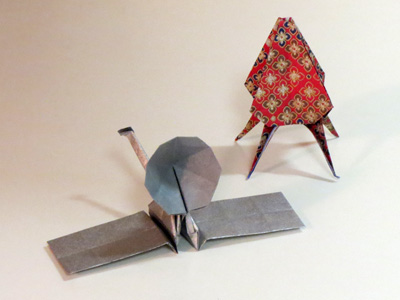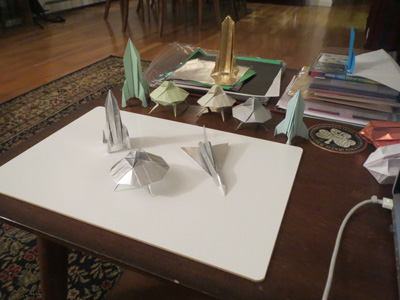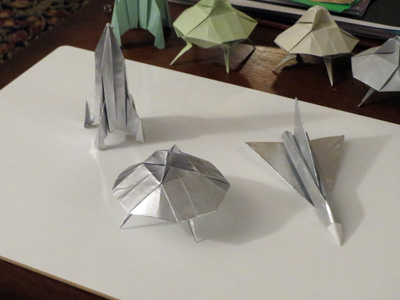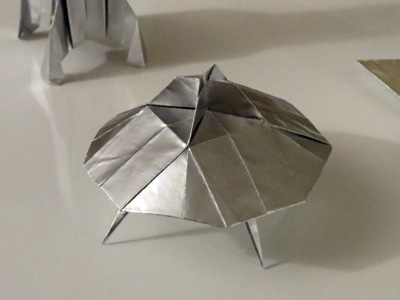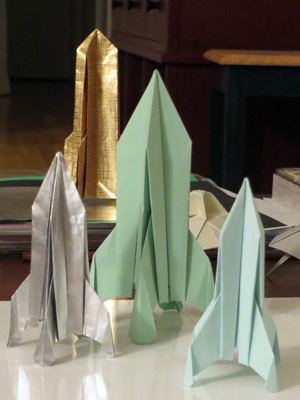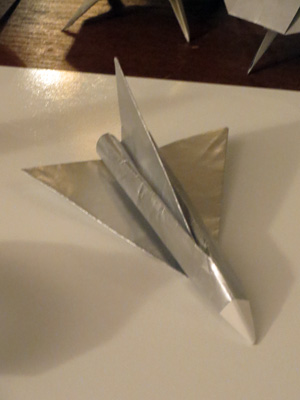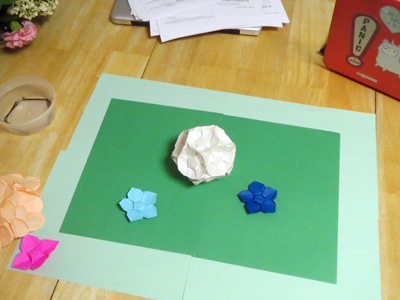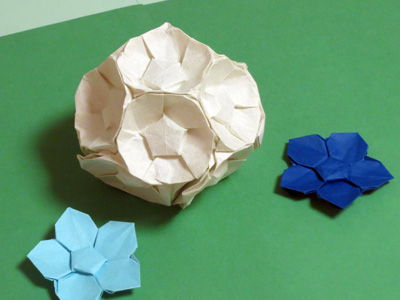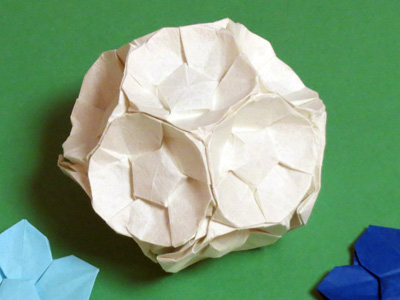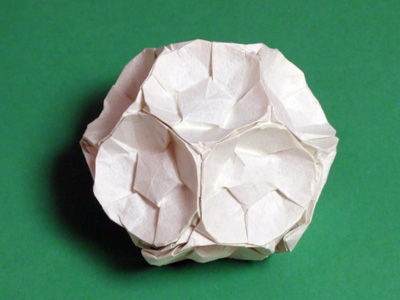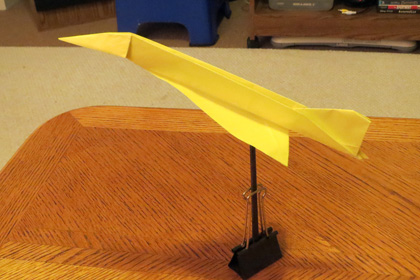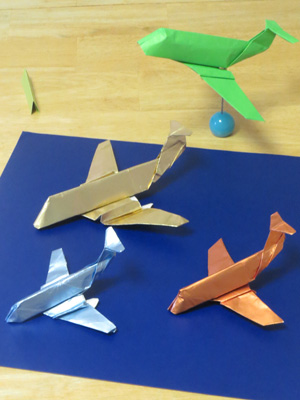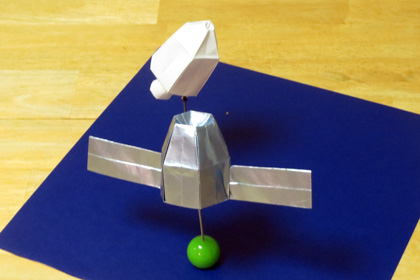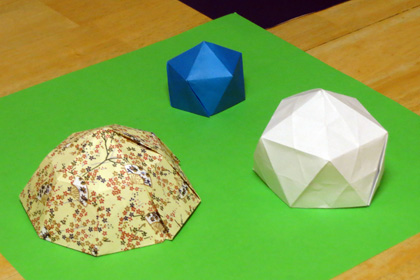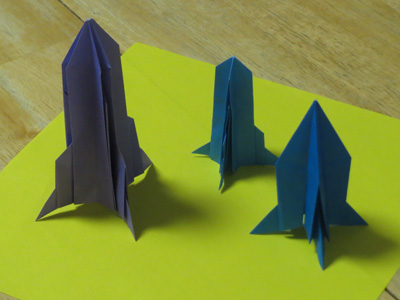I just got back from the biggest trip yet this summer. I drove deep into the heart of flyover country, to Columbus, Ohio, for the Center Fold origami conference. My travelling companion was my twelve-year-old daughter Michelle. We both had a great time.
We lit out from NYC early Friday morning. Got over the GWB before rush hour really hit, and out on I-80 for a good 500 miles. Clear sailing, mountains and plains and woods and farms the whole way. Got into Columbus late afternoon, registered for the convention and started hanging out with origami people. Since this was a different convention it was a different crowd of usual suspects, some familiar faces, some new. John M. and Steve R. and Beth J. and Brian W. were there. Beth wasn’t in New York this year and had some new stuff, so it was good to see her. Brian was running the Origami Shop live, selling paper and books and stuff with his wife. I also met John Scully, the head of the Ohio Paperfolders group and main organizer of the convention.
The exhibit space was nice, with round tables and white tablecloths rather than rectangular and black like in NYC. I brought a bunch of stuff cuz I didn’t know what to expect, but it looked really great.
After dinner at a really good barbecue place we settled into folding for the evening. Brian taught Michelle the classic Hydrangea. Michelle got really into it, and suddenly she was off and running, folding model after model with every more recursions. Next day she took a course for a modular flower ball, taught by Meenakshi Mukerji, and suddenly was capable of folding complex modulars. She did a 12- and 30-unit version, and later on did some other modular flower things.
I taught several courses. The first was intermediate and complex spacecraft. I had diagrammed the bulk of my Radio Satellite and SpaceX Dragon since the June convention, although both diagrams only went up to the 3-D phase; the first 35 out of 50 steps or so. So I taught the ending part by demonstration and it went quite well. I didn’t have time to formally teach the Dragon, but a few people folded that too from the diagrams and I helped them finish it off.
The next class was animals from my book Origami Animal sculpture. This was a intermediate class, and there was a broad range of folding ability, but everyone got thru it alright. I had printed out five of the models from my book, although once they started folding it, I realized on of them was not the version I used in the book!
My third class was Sunday morning. I taught intermediate and complex airplanes, including my Jet Airliner and Biplane. People seem to really like my new models, so I’m quite happy about that.
Michelle took Erik Gjerde’s class on his Dragon Helix Tessellation. She did quite well at it and was really excited and proud to have mastered such and advanced model. Michelle really leveled up as a folder and is into some really good stuff now. She told me several times she had a really good time at the convention.
Meanwhile I was inspired by Meenakshi’s work, and began thinking of making a flower-ball out of a single sheet rather then a modular. I spent most of my free folding time on this. First I made a single flower, then a cluster of six that has the form of half a dodecahedron, and then bought some paper from Brian to begin a full dodecahedron. I got most of the prefolding done by the end of the convention.
The last night there was a pizza and beer party in the courtyard of the hotel. All in all it was a great time. Very laid back and relaxed. I hope to get back there again sometime soon.
Next day we drove down to Dayton to see the National Air Force Museum at Wright-Patterson Air Force Base. Seeing this place has been on my bucket list for a long time, and it did not disappoint. It’s a huge collection of (mainly American military) historical aircraft, going all the way back to Wright flyers over a hundred years old. Lots of stuff from WWII and the Cold War, as well a whole hangar of experimental planes, including lots of early supersonic ones. The highlight for me was the XB-70 Valkyrie. This a giant and extremely weird-looking hypersonic plane from the 1960’s with a top speed of Mach 3, or over 2000 mph. Only two were ever built and one exploded, so this is the only one in existence. There was also a whole hangar of presidential aircraft including Air Force One, the 707 that severed Kennedy thru Clinton. Cool stuff!
